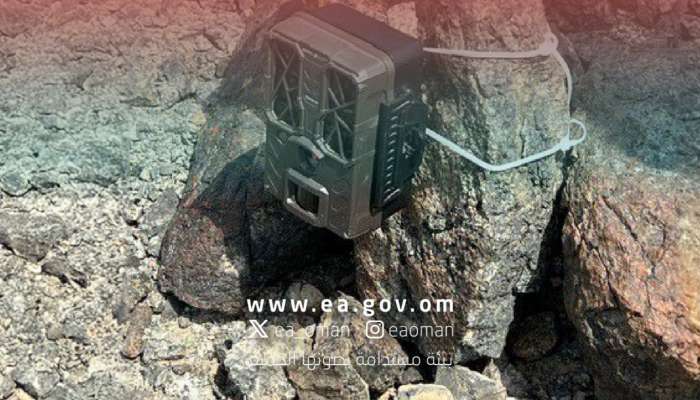The Environment Authority (EA) in the Sultanate of Oman is taking steps to monitor and protect the natural environment by installing trap cameras in various locations for research purposes. These cameras are being set up in different governorates across the country as part of national environmental projects. The authority is urging the public to refrain from tampering with or violating these devices, as doing so can lead to legal consequences.
The installation of trap cameras is aimed at conducting field studies and research to better understand and protect Oman’s diverse ecosystems. By monitoring wildlife and their habitats, the EA hopes to gather valuable data that will inform conservation efforts and environmental policies. These cameras play a crucial role in capturing the behavior of animals in their natural habitat and are essential tools for scientists and researchers working to safeguard Oman’s biodiversity.
It is important for the public to respect the presence of trap cameras in these locations and to refrain from interfering with them. Any tampering or violation of these devices can have serious implications, as it can disrupt ongoing research and compromise the data being collected. The EA is emphasizing the need for cooperation from the community to ensure the success of these environmental projects and the protection of Oman’s natural heritage.
The warning issued by the EA serves as a reminder of the importance of respecting environmental conservation efforts and the need to safeguard the country’s natural resources. By adhering to the guidelines set by the authority and refraining from tampering with trap cameras, individuals can contribute to the preservation of Oman’s rich biodiversity. It is crucial for everyone to play their part in protecting the environment and wildlife for future generations to enjoy.
The installation of trap cameras in various locations across Oman is part of a larger effort by the EA to promote sustainable development and environmental conservation in the country. These devices are instrumental in monitoring wildlife populations, identifying threats to their habitats, and informing conservation strategies. By supporting these initiatives and adhering to the guidelines set by the authority, individuals can actively participate in safeguarding Oman’s natural heritage.
In conclusion, the presence of trap cameras in different locations in Oman is a testament to the commitment of the Environment Authority to protect the country’s natural environment. By respecting these devices and refraining from tampering with them, the public can contribute to the success of ongoing research and conservation efforts. It is essential for individuals to understand the importance of preserving Oman’s biodiversity and to actively support initiatives aimed at safeguarding the environment for future generations.









